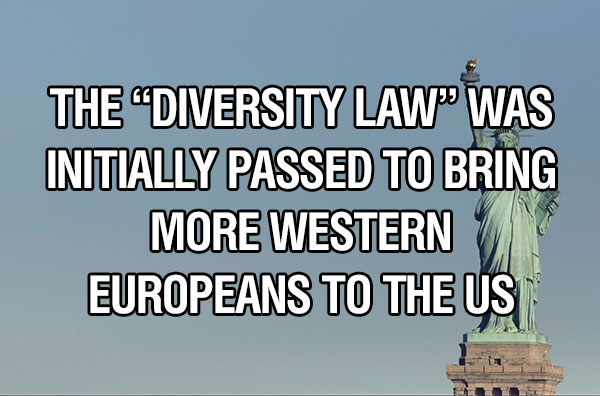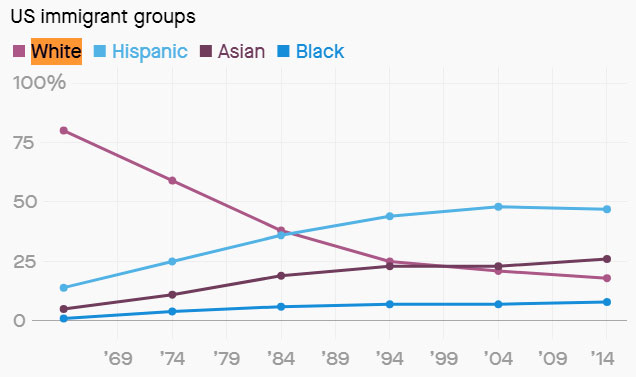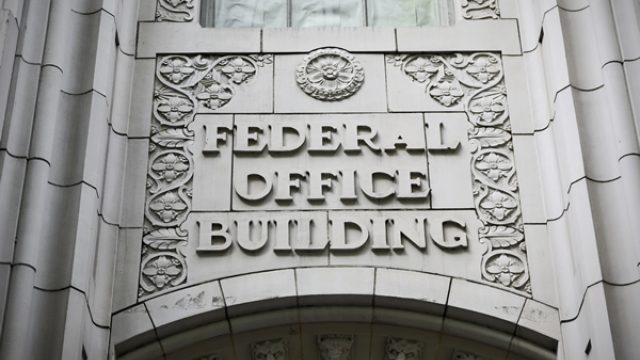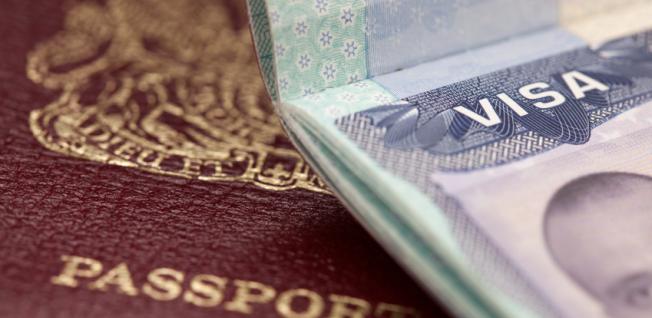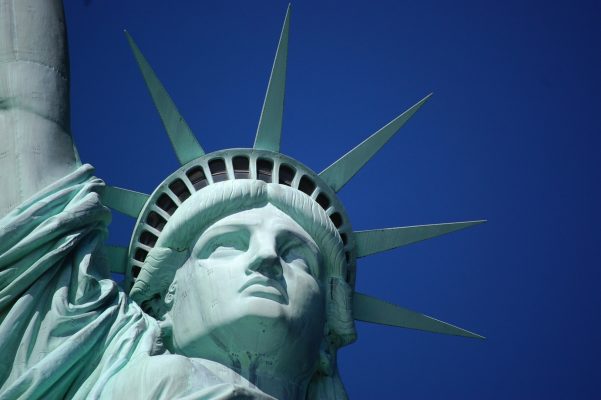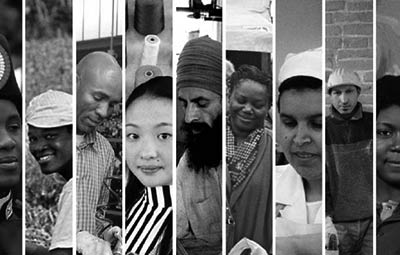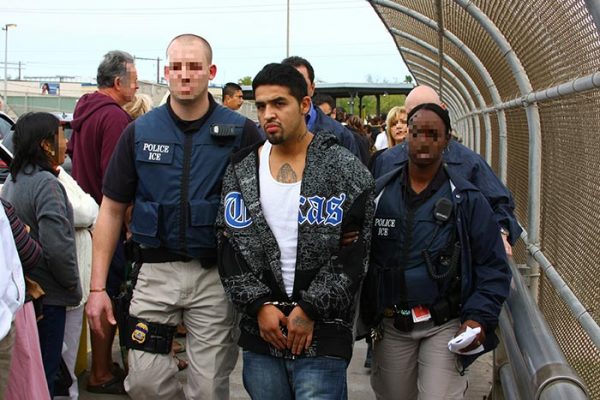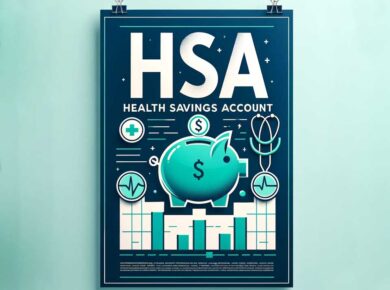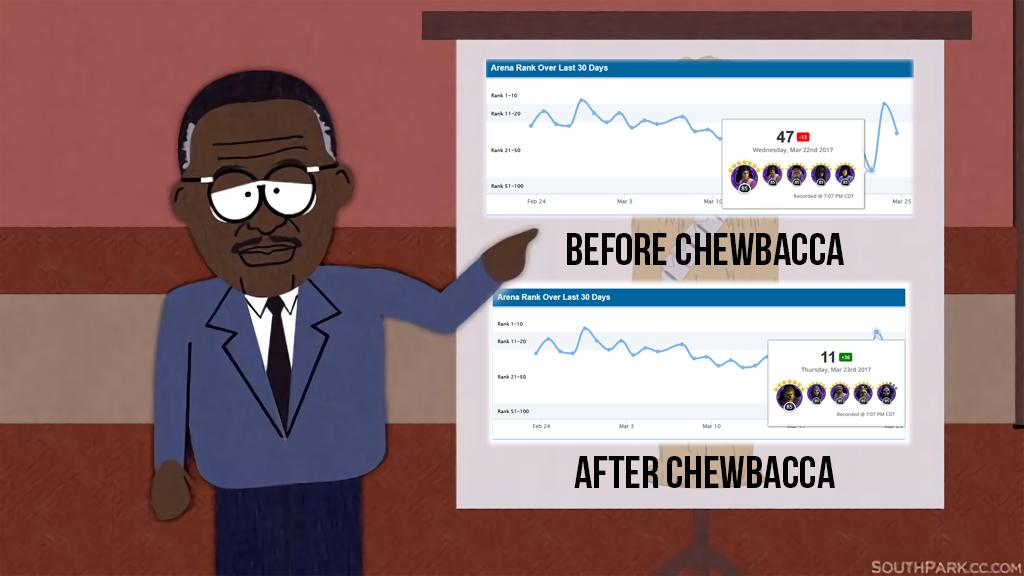Sayfullo Saipov, the 29-year-old authorities believe to be responsible of the terrorist attack that killed at least eight in Manhattan, is an immigrant from Uzbekistan who had come to the US through the Diversity Visa (DV) Program. The DV is a unique, lottery-based program that awards 50,000 green cards every year to citizens of countries that are underrepresented in US immigration quotas in the five previous years.
To qualify, other than being from one of these countries, individuals need a high school degree (or comparable work experience), no criminal record, and to be free of a few communicable diseases, including tuberculosis.
In a morning tweet, Donald Trump referred to the program as a “Chuck Schumer beauty”—promising to end it in an overall reform of US immigration law.
https://twitter.com/realDonaldTrump/status/925684982307348480
The history of the program is riddled with political compromise, with some contending it was initially aimed at providing legal status for Irish immigrants living in the US illegally. Anna Law, a professor of constitutional studies at the City University of New York, wrote in The Diversity Visa Lottery—A Cycle of Unintended Consequences in United States Immigration Policy (paywall), in 2002 that the law was primarily a way to get more western Europeans through the door.
After the Immigration and Nationality Act was passed in 1965, which opened up immigration to all countries equally (with a yearly maximum of 20,000 permanent immigrants per country in the eastern hemisphere, a cap eventually extended to all countries), the US experienced a dramatic shift in the demographics of its immigrants.
The 1965 law gave priority to applicants who were immediate family (children and spouses first, then siblings, parents) of current US citizens. Though there were fewer immigrants from Asia and Latin America already in the US, they had arrived recently, so were more likely to have immediate family outside the country who wanted to emigrate to the US. The same wasn’t true of Europeans. So in the decades that followed, Asian and Hispanic immigration rose, while the number of European immigrants shrank dramatically.
The Irish in particular felt that the 1965 reform had damaged their communities. In the 1970s and 1980s, potential Irish immigrants struggled to get sponsorship to the US, so many came as tourists and overstayed their visas. To fix this problem, two visa lottery programs ran in 1988 and 1989, giving out 40,000 and 20,000 visas, respectively, to the countries in the program. The well-organized Irish benefited disproportionately. These programs served as the blueprint of the diversity visa lottery.
The final version of the DV lottery — introduced in the 1990 immigration reform sponsored by Edward Kennedy, then the Democratic senator from Massachusetts, where many Irish had settled, and signed by George Bush—applied to over 160 countries. But its goal was to rejigger admissions back to traditional venues, in other words, western Europe, and particularly Ireland.
“The people who [advocated] for the lottery had no interest in diversity,” says Law. The lottery “provided cover for a policy that seemed to address race and linguistic fears about Asian and Hispanic predominance.”
However, the diversity program eventually settled to become one of the main avenues of immigration from Africa, as European applications went down with the European Union’s expansion and the rise of internal immigration within Europe, rather than to America.
Driving Population Growth and Change Through 2065. Read a complete report (PDF).
